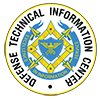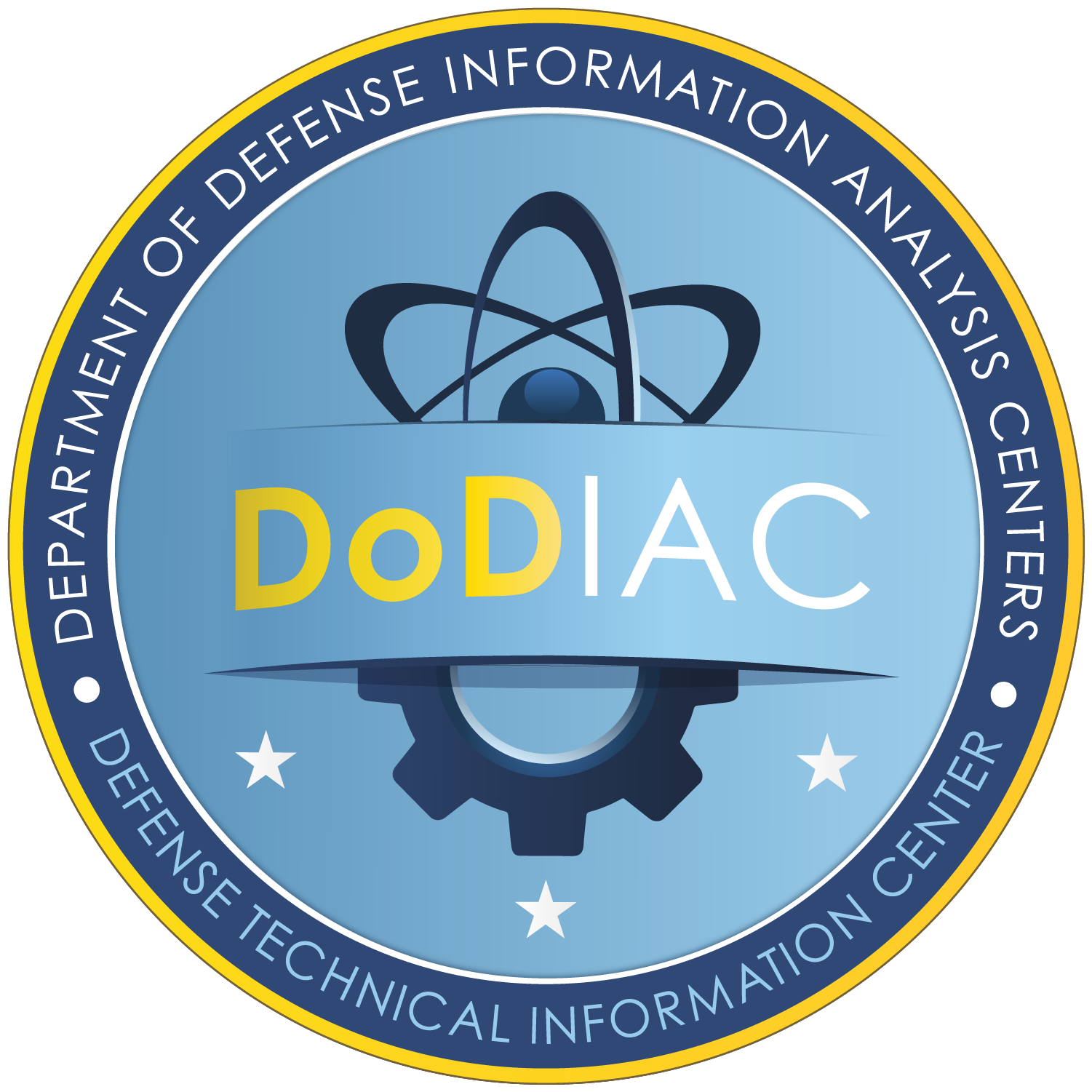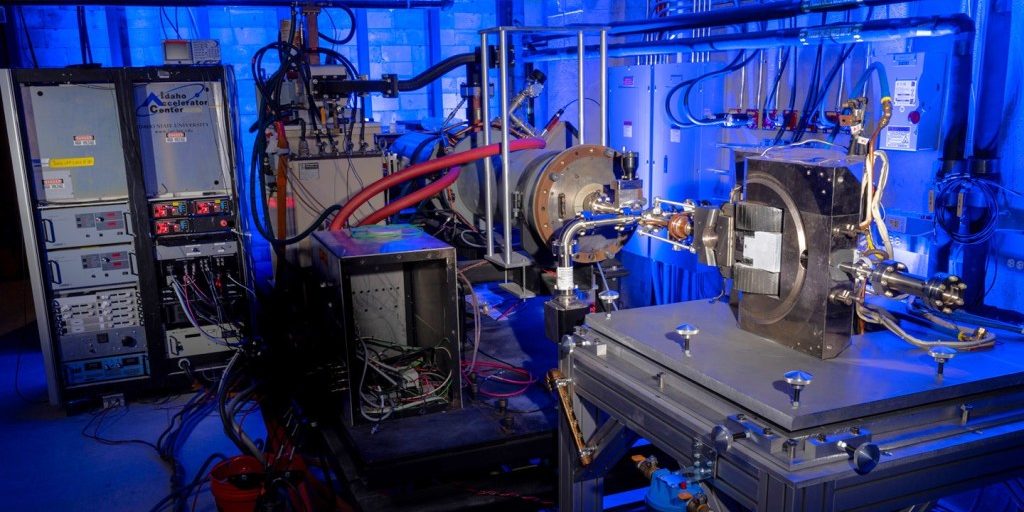Scientists at the Johns Hopkins Applied Physics Laboratory (APL) in Laurel, Maryland, have demonstrated a working capability that can radically accelerate the testing of qubits — the quantum computing equivalent of bits — accomplishing in a matter of minutes what has previously taken days or even weeks.
As quantum computers based on superconducting qubits have increased in capacity in recent years, a worrisome and recurring problem has emerged: a tendency for many qubits to suddenly and inexplicably fail all at once for a brief period of time. Effectively, the quantum computer stops being a quantum computer, in a crash of epic proportions.
Initial experiments led experts to believe that these spontaneous qubit collapses were due to ambient radiation, which comes from a variety of sources, including muons — produced when high-energy cosmic rays collide with atoms in the upper atmosphere — and terrestrial gamma rays produced by rock, soil, and even concrete.
Terrestrial radiation is ubiquitous, well understood, and easily shielded against. However, the impact of cosmic radiation on quantum systems has not been sufficiently studied, and doing so is challenging because the high-energy impact events that scientists need to observe occur at unpredictable intervals — seconds or even minutes apart.


